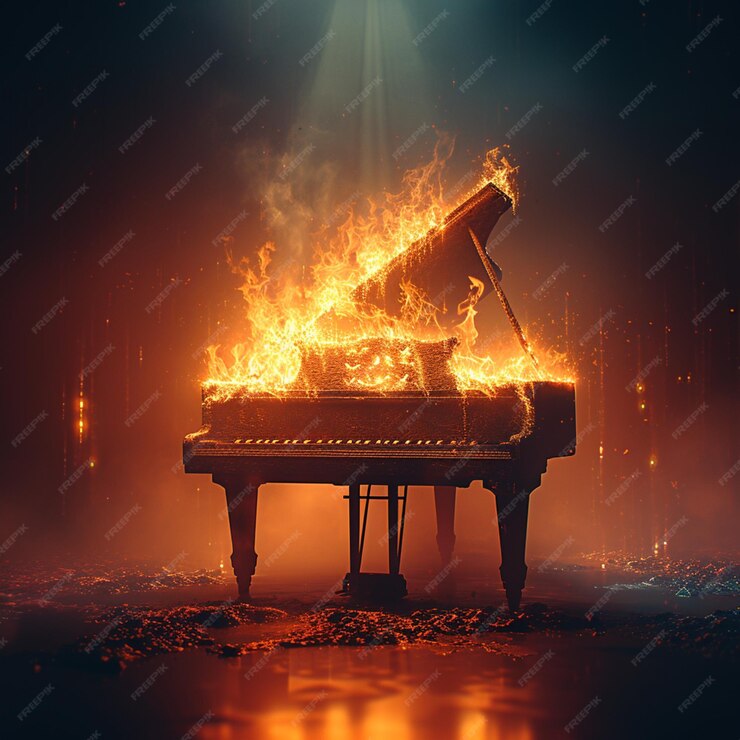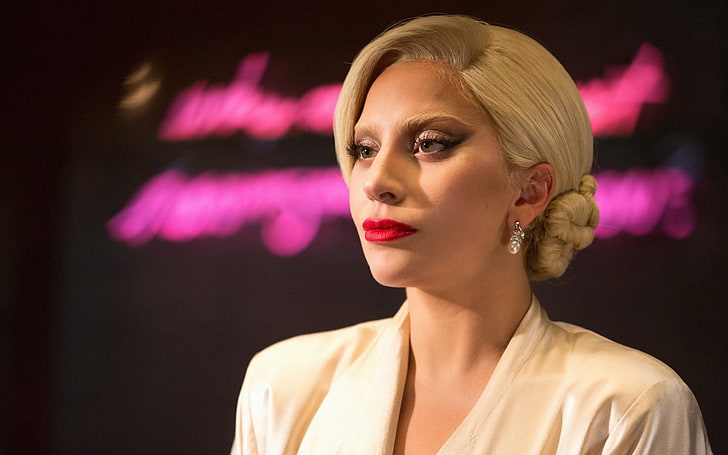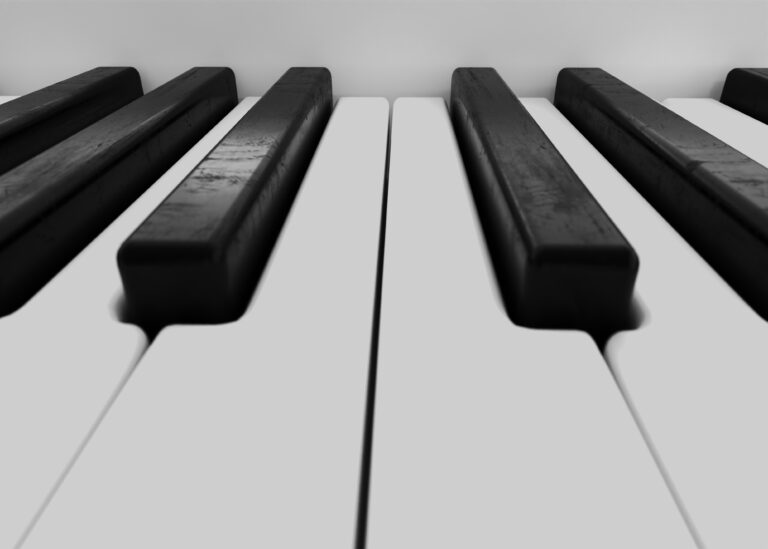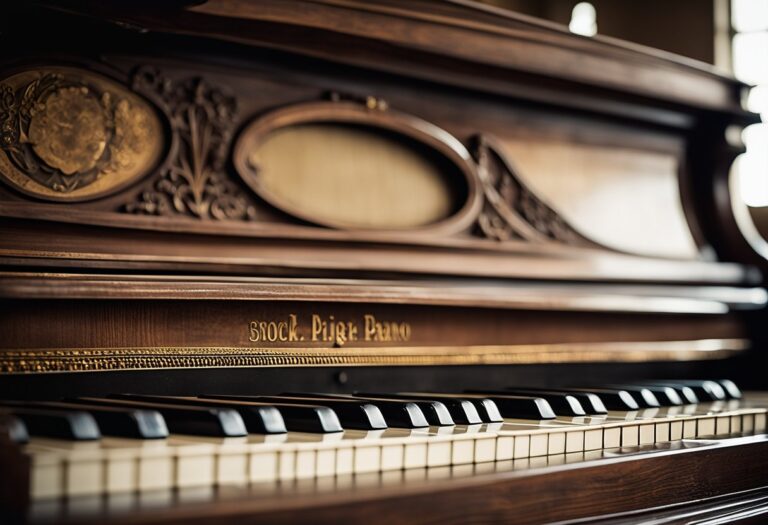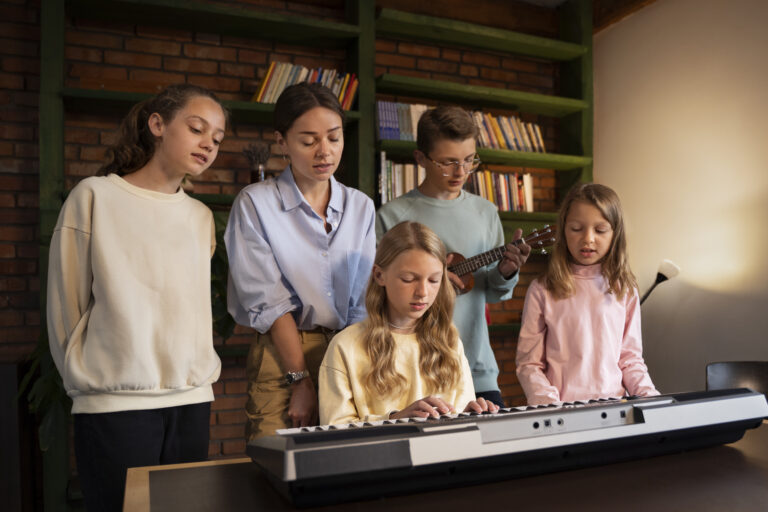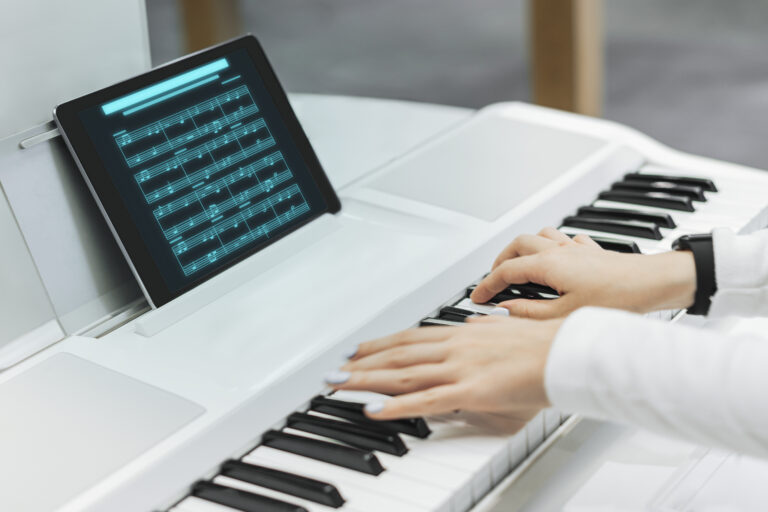The Piano is on Fire: A Shocking Incident at the Concert Hall
You may have heard the phrase “the piano is on fire” used metaphorically to describe a situation that is out of control or chaotic. However, in this article, we will be discussing a literal interpretation of that phrase. Yes, pianos can actually catch fire, and it’s more common than you might think.
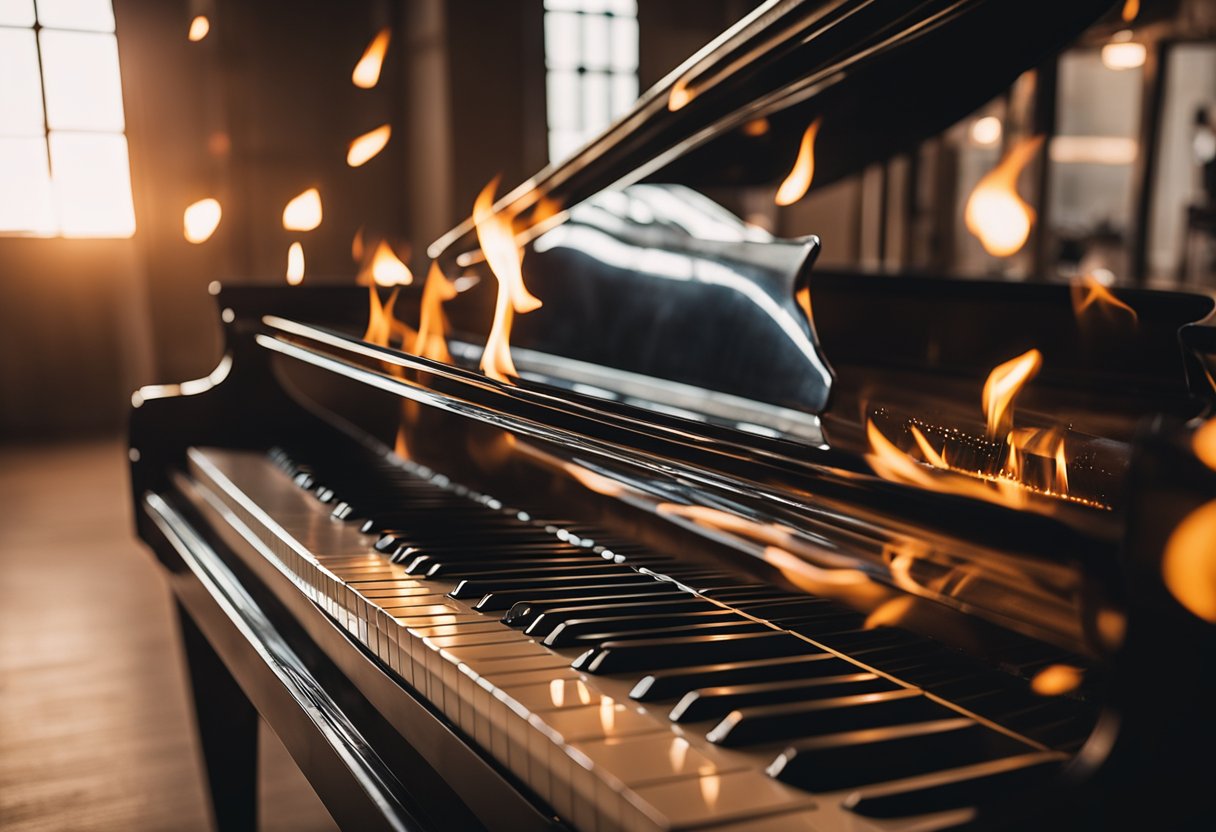
The idea of a piano bursting into flames may seem like a scene from a movie, but it can happen in real life. The cause of a piano fire can vary, but it often involves the heating elements inside the instrument, such as the strings or hammers. In some cases, the fire may start due to faulty wiring or electrical issues. While piano fires are not daily, they do happen and can have serious consequences.
Origins of the Phrase “The Piano Is on Fire”

Have you ever heard someone say “the piano is on fire” to describe a situation that has gotten out of control? This phrase has become a popular idiom in modern language, but where did it come from?
The origins of this phrase are not entirely clear, but it is believed to have originated in the world of jazz music. In the early days of jazz, musicians would often play so passionately that they would become physically exhausted, and sometimes even set their instruments on fire. The piano, being a large and often wooden instrument, was particularly susceptible to catching fire.
Over time, the phrase “the piano is on fire” evolved to describe any situation that was intense, chaotic, or out of control. It became a way to convey the idea that things had reached a boiling point and were in danger of spiralling out of control.
Today, the phrase “the piano is on fire” is used in a variety of contexts, from describing a hectic workday to a heated argument with a loved one. While the origins of the phrase may be rooted in the world of jazz music, its meaning has evolved to become a widely recognized idiom in modern language.
Symbolism and Interpretation
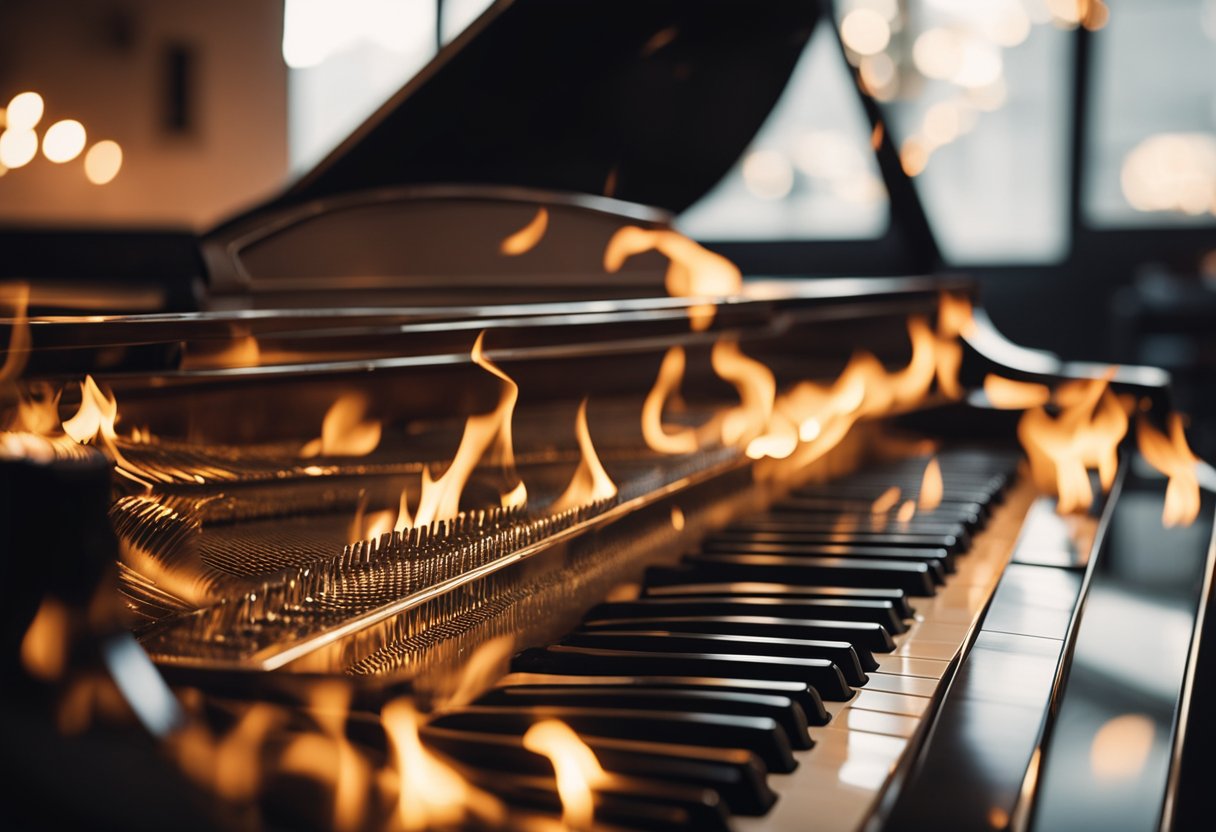
When you see a piano on fire, it can be interpreted in various ways depending on the context and the viewer’s perspective. Here are some possible interpretations and symbolism associated with a burning piano:
- Destruction: Fire is often associated with destruction, and a burning piano can symbolize the end of something. It could represent the destruction of music, creativity, or beauty. It can also signify the end of a relationship, a dream, or a phase of life.
- Passion: Fire can also symbolize passion, intensity, and energy. A burning piano can represent the fervour and dedication that a musician puts into their craft. It can also embody the emotional intensity of a performance or the creative spark that ignites new ideas.
- Rebellion: A burning piano can be seen as a rebellious act, a way of challenging the status quo and breaking the rules. It can represent the rejection of traditional values, the desire for change, or the need to express oneself freely.
- Transformation: Fire is a powerful force that can transform one thing into another. A burning piano can symbolize the metamorphosis of a person or an idea. It can represent the process of letting go of the old and embracing the new, the transformation of pain into beauty, or the evolution of art and culture.
Cultural Impact and References
The image of a piano on fire has become an iconic symbol in popular culture, often used to represent destruction, chaos, or rebellion. It has been referenced in various forms of media, including music, film, and literature.
One of the most famous references to a piano on fire is in the song “Great Balls of Fire” by Jerry Lee Lewis, where he sings about his love for a woman who sets his soul on fire like a burning piano. The song became a hit in 1957 and has since been covered by numerous artists.
In the film “Fight Club,” the protagonist and his friend steal a large amount of liposuctioned fat from a medical waste facility and use it to make soap. In one scene, they set fire to a piano, which represents their rejection of societal norms and their desire to rebel against the status quo.
The image of a piano on fire has also been used in literature, such as in the novel “The Bell Jar” by Sylvia Plath. In the book, the protagonist imagines herself burning in a fiery furnace, with a piano on top of her, representing her feelings of suffocation and entrapment.
Musical Pieces with Fiery Themes
Classical Compositions
Classical music has a long history of incorporating fiery themes into its compositions. One of the most famous examples is “The Firebird Suite” by Igor Stravinsky. This ballet tells the story of a magical bird that can bring both good and evil. The music is full of dramatic crescendos and intense rhythms that capture the essence of the bird’s power.
Another classical piece that incorporates fiery themes is “Dance of the Seven Veils” from Richard Strauss’s opera “Salome.” This seductive dance is performed by the title character and ends with her demanding the head of John the Baptist. The music is full of passion and intensity, reflecting the dangerous and destructive nature of Salome’s desires.
Modern Music Interpretations
In modern music, fiery themes are still prevalent. One example is “Light My Fire” by The Doors. This classic rock song features a catchy melody and lyrics that encourage the listener to embrace their passions and desires. The repeated refrain of “Come on baby, light my fire” is both playful and seductive, making it a timeless classic.
Another modern interpretation of fiery themes can be found in “Girl on Fire” by Alicia Keys. This powerful anthem celebrates the strength and resilience of women, using the metaphor of fire to represent their inner power. The lyrics encourage women to embrace their unique qualities and rise above the challenges they face.
Artistic Representations and Performances
When it comes to artistic representations and performances of the piano on fire, there are several notable examples that have captured the attention of audiences worldwide.
One of the most famous performances of this kind was by the pianist, composer, and performance artist, Marina Abramović. In her 1990 performance piece titled “An Artist’s Life Manifesto,” Abramović set a grand piano on fire and then proceeded to play it with her bare hands. The performance was a powerful statement about the destructive nature of art and the role of the artist in society.
Another notable example of artistic representation of the piano on fire is the work of the contemporary artist, David Mach. Mach is known for his large-scale sculptures made from everyday objects, and his series of sculptures featuring pianos on fire are no exception. These sculptures, made from hundreds of matchsticks, are a testament to the power of art to transform even the most mundane objects into something extraordinary.
In addition to these performances and sculptures, there are also several musical compositions that have been inspired by the image of the piano on fire. One of the most famous examples is the piece “Burning Piano” by the composer, Michael Nyman. This haunting and beautiful composition features a solo piano playing against a backdrop of ambient fire sounds, creating a powerful and evocative musical experience.
Frequently Asked Questions
What is the symbolism behind a burning piano in art and media?
The symbolism behind a burning piano can vary depending on the context. In some cases, it can represent destruction or chaos, while in others, it can symbolize rebirth or transformation. The burning piano has been used in various forms of art and media, including music videos, films, and paintings.
Which artist is known for performing with a flaming piano?
One of the most well-known performers to use a flaming piano in their act is the musician Elton John. He famously used a piano that was rigged with pyrotechnics during his 1972 performance at the Hollywood Bowl.
Can you explain the origin of the burning piano meme?
The origin of the burning piano meme is unclear, but it likely began as a humorous reference to the use of flaming pianos in popular culture. The meme has since been used in various contexts, often as a way to express shock or disbelief.
What is the historical significance of setting pianos on fire during performances?
Setting pianos on fire during performances has a long history in music, dating back to the 19th century. It was often used as a dramatic way to end a performance, and some musicians believed that the destruction of the instrument symbolized a rejection of traditional musical values.
Are there any famous music videos featuring a piano on fire?
Yes, there are several famous music videos featuring a piano on fire. One notable example is the video for the song “November Rain” by Guns N’ Roses, which features a grand piano being set ablaze in the middle of a concert.
What are some notable covers of songs that involve a burning piano?
One notable cover of a song that involves a burning piano is the version of “Great Balls of Fire” performed by Jerry Lee Lewis. In his live performances, Lewis would often set his piano on fire at the end of the song, creating a memorable spectacle for his audience.
